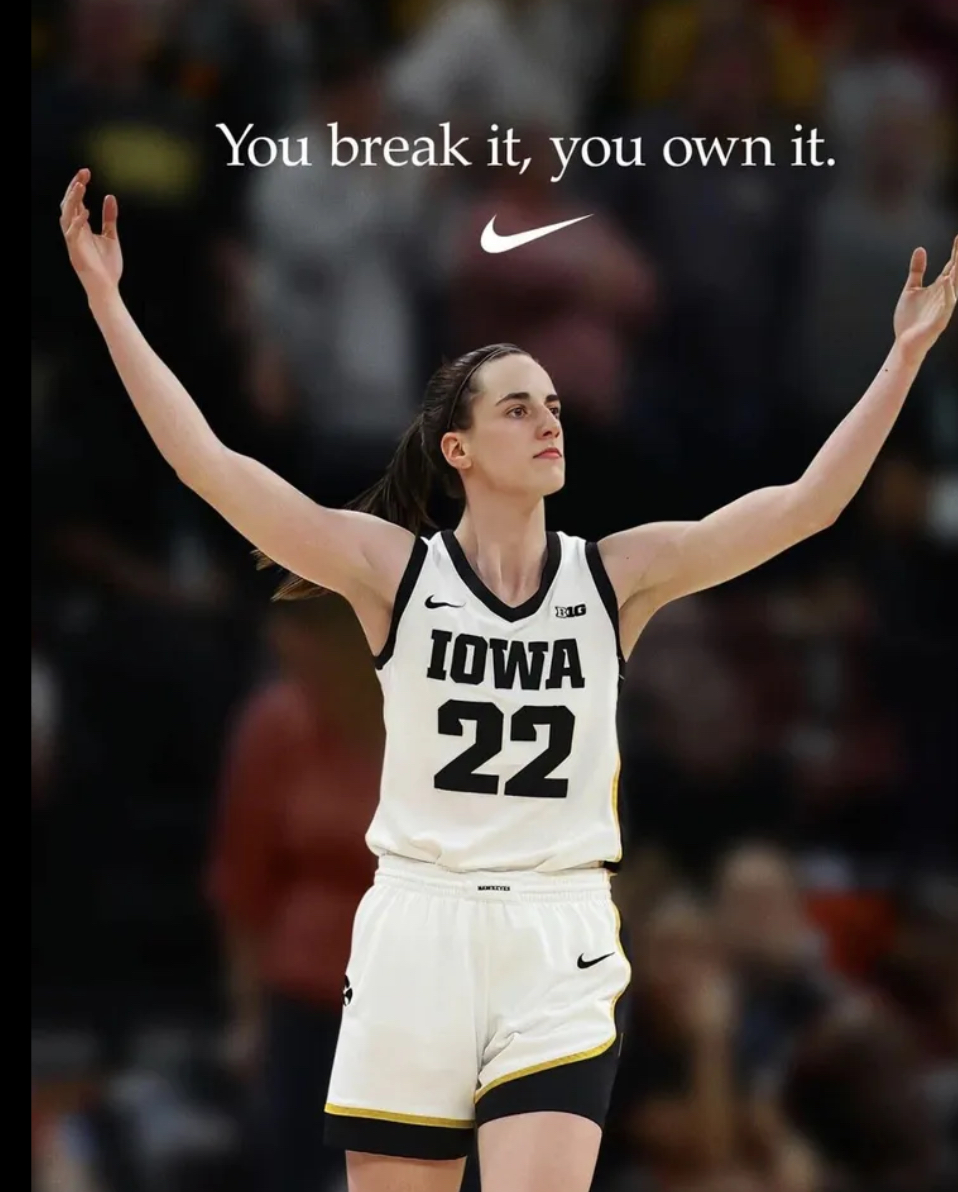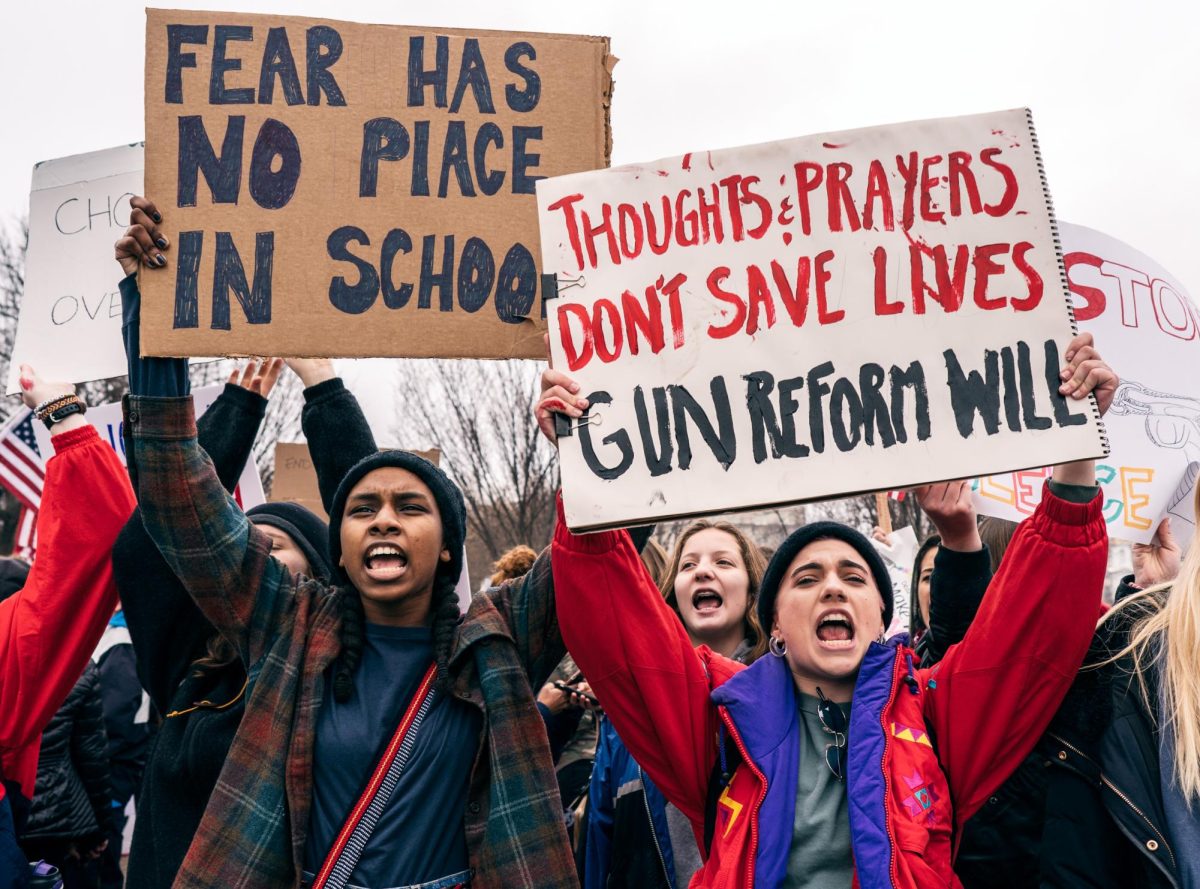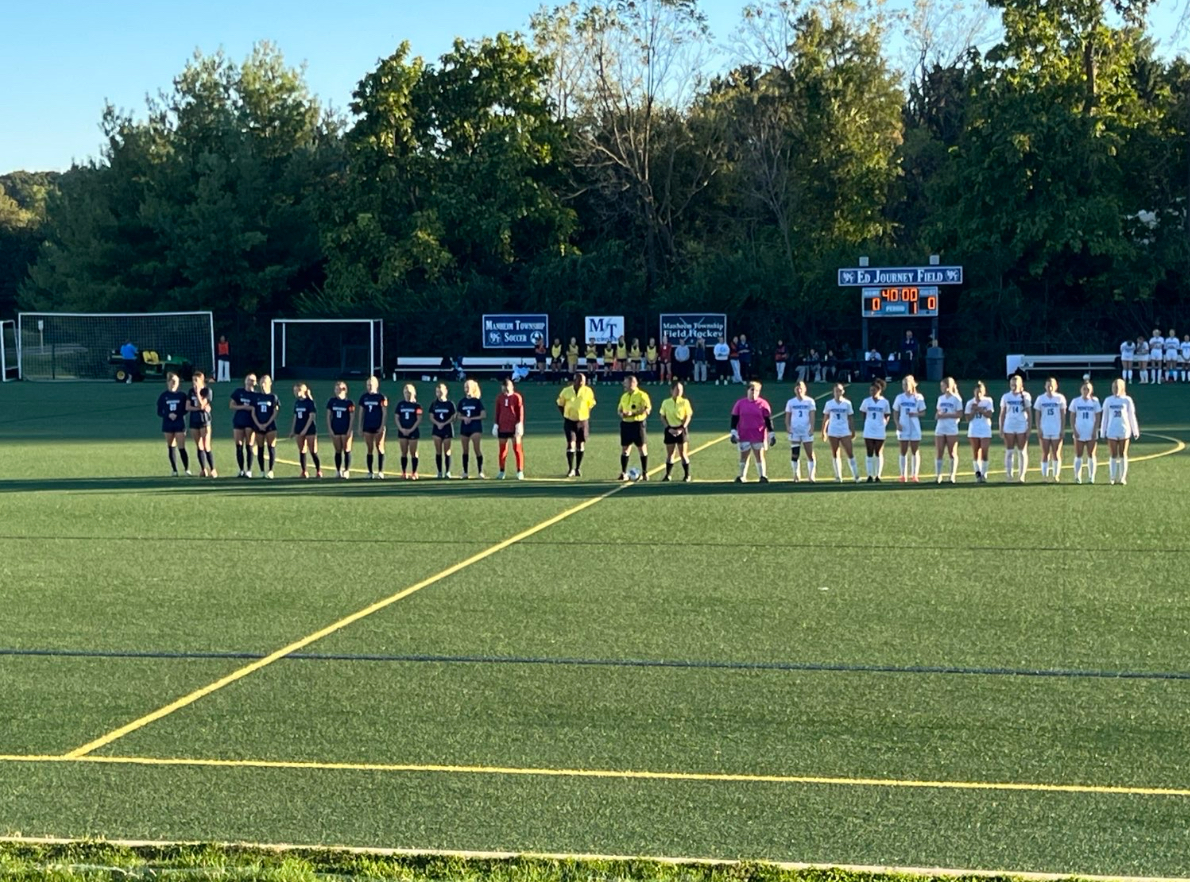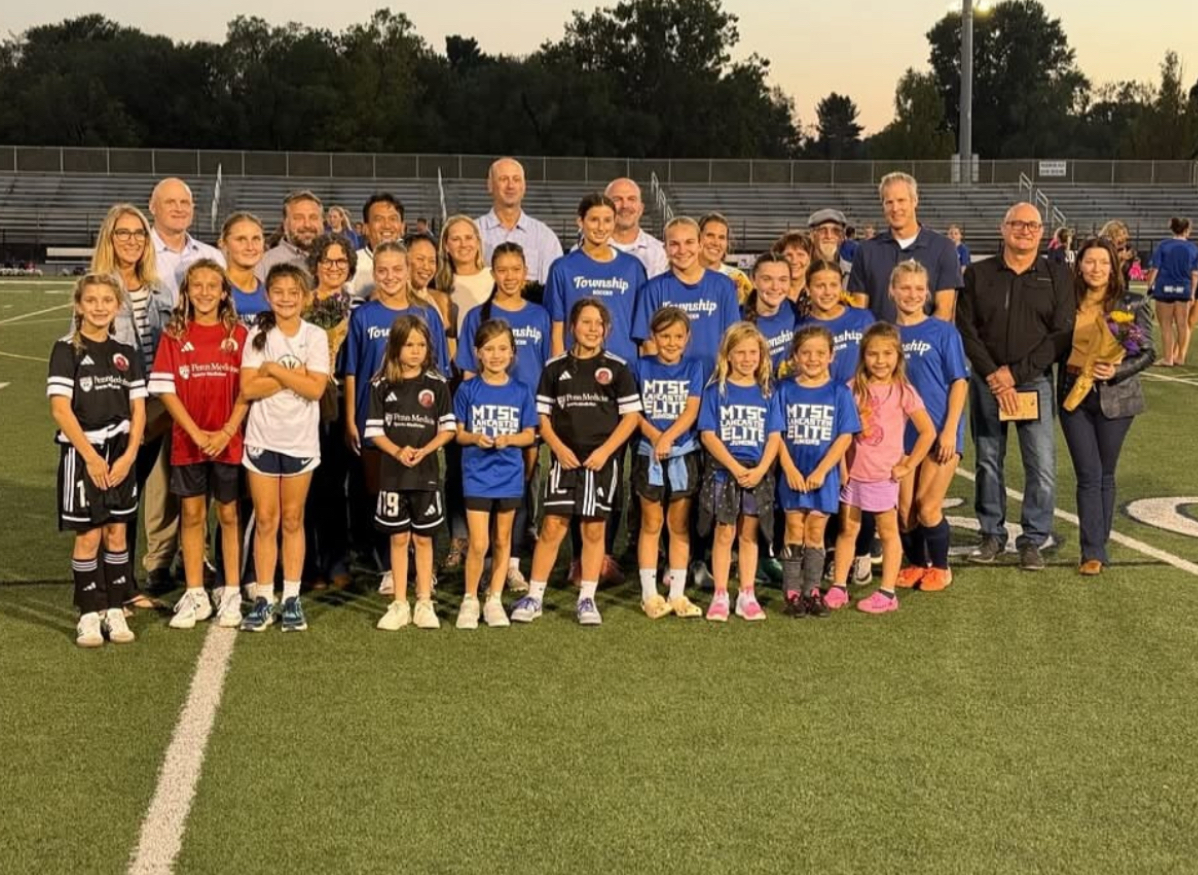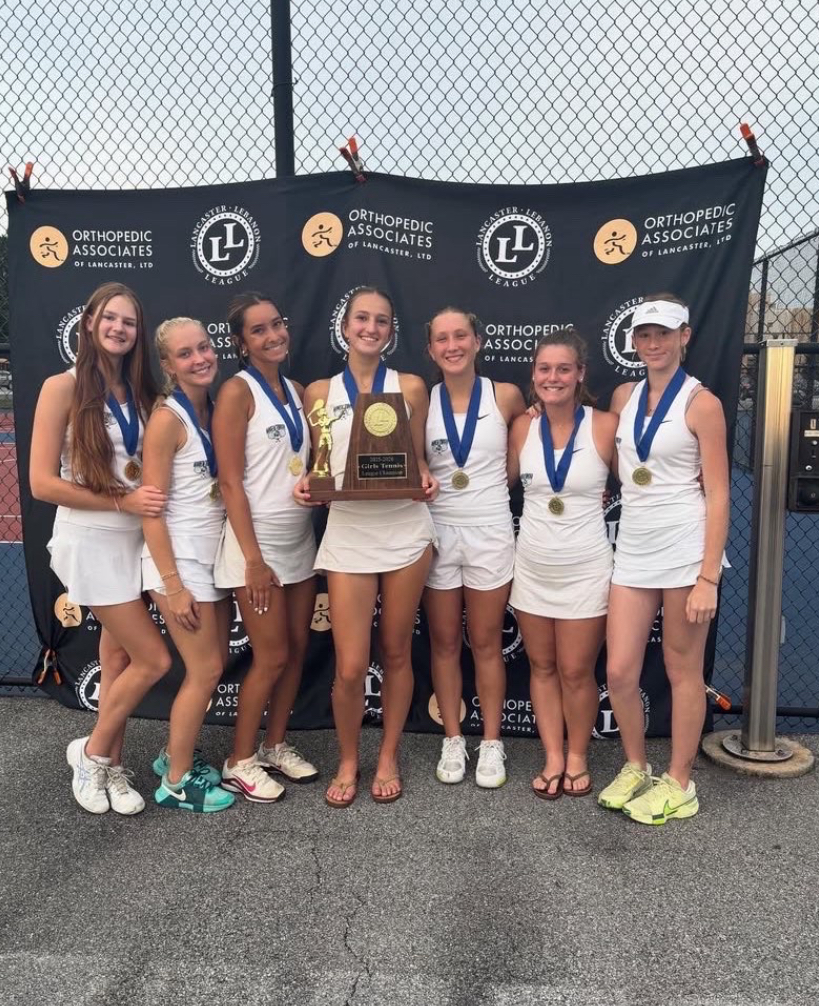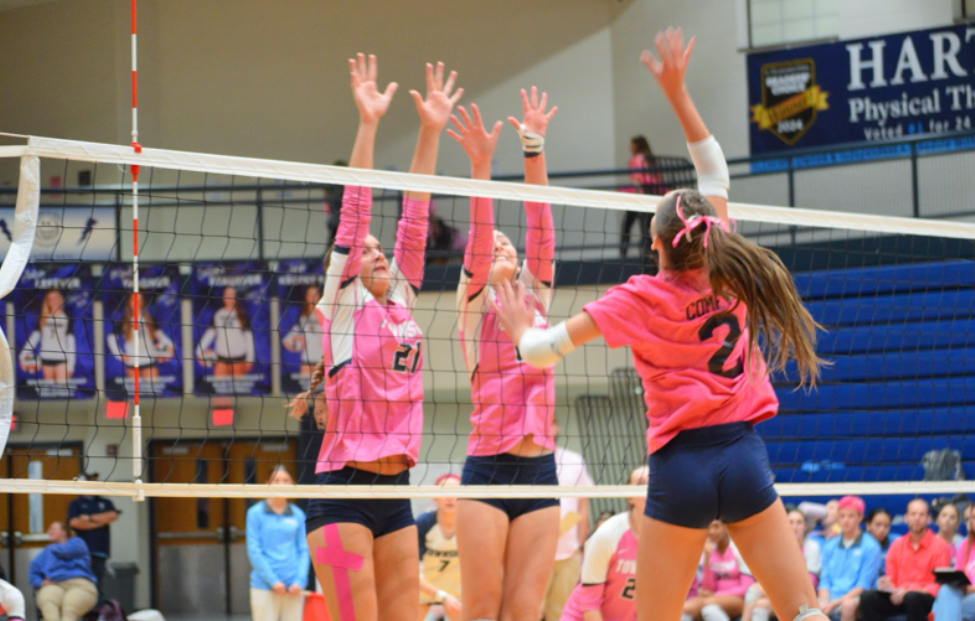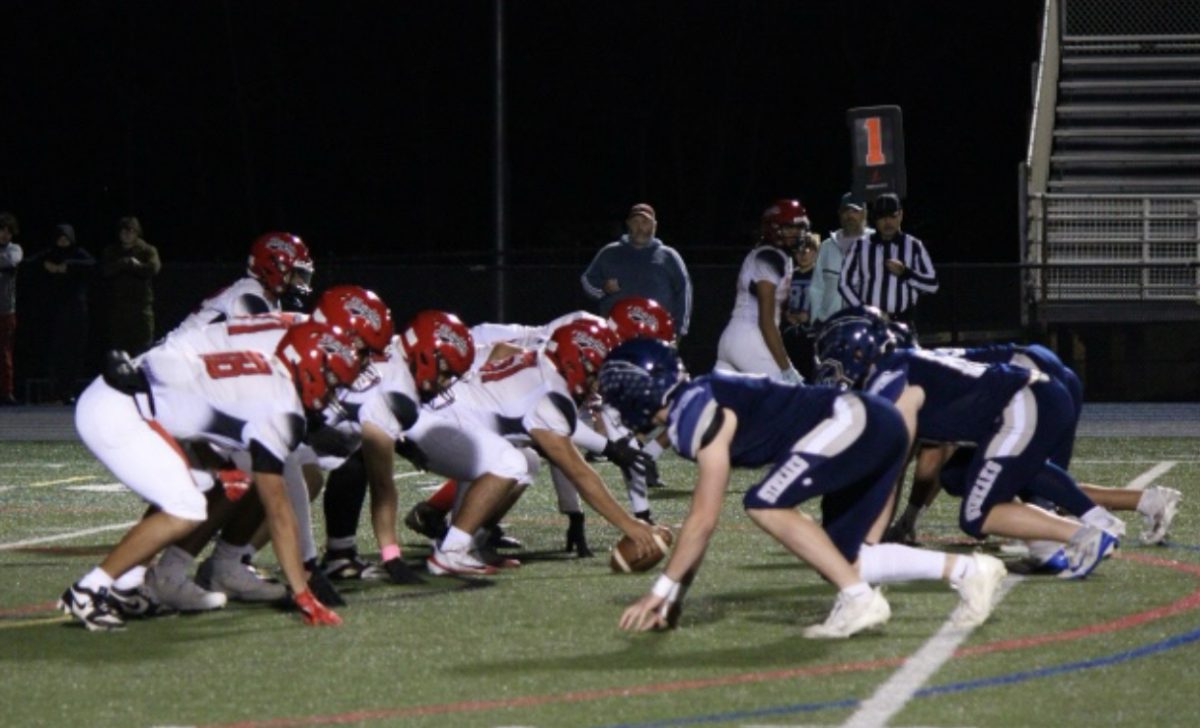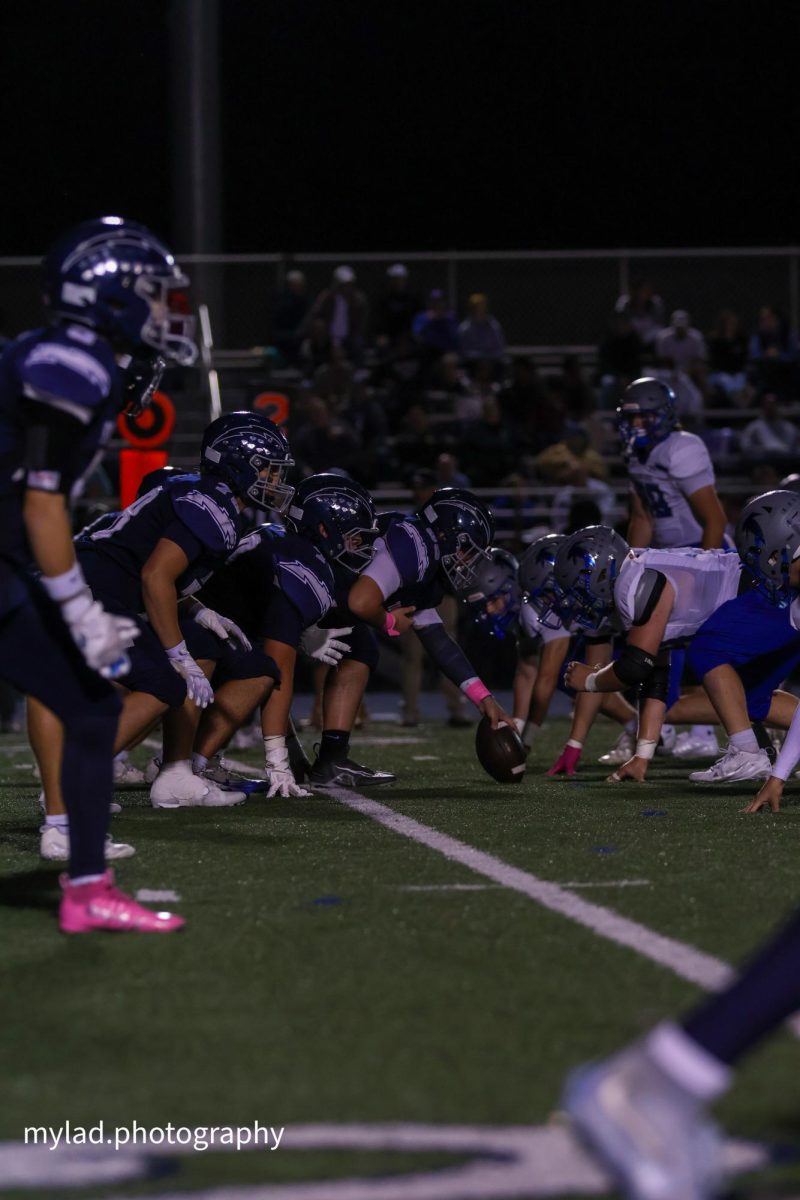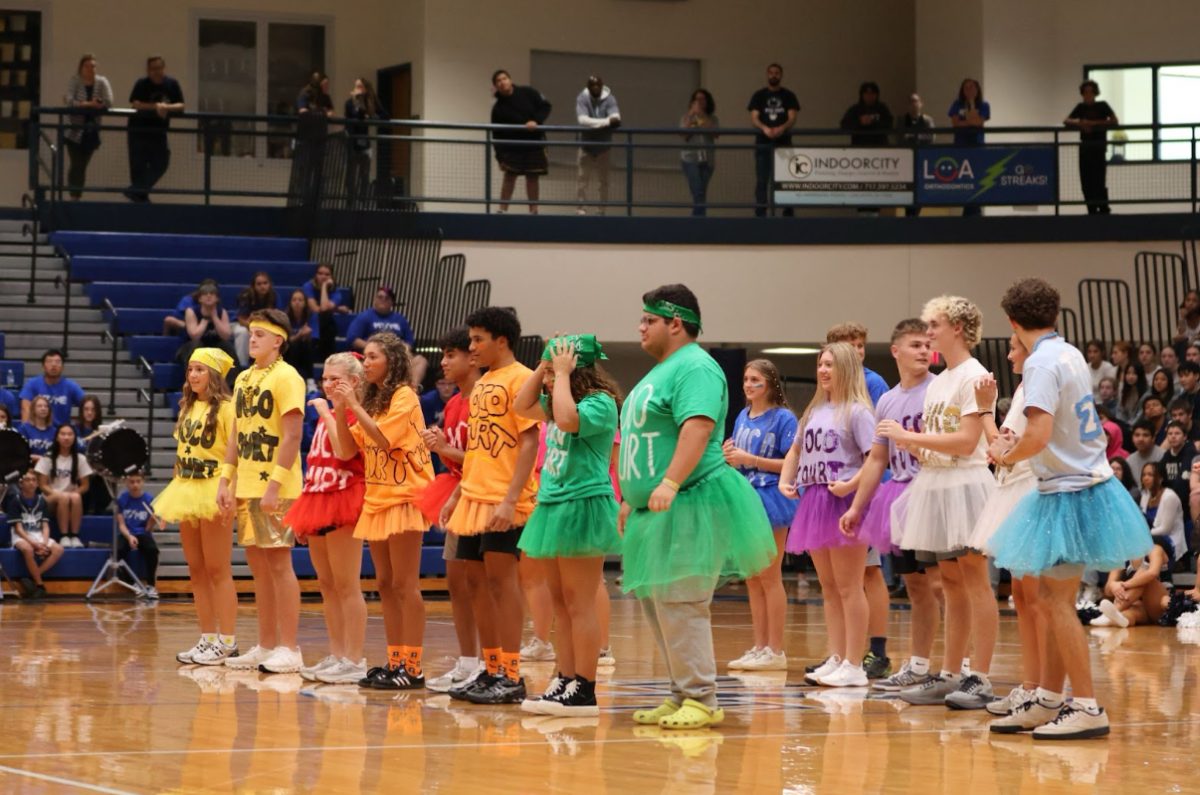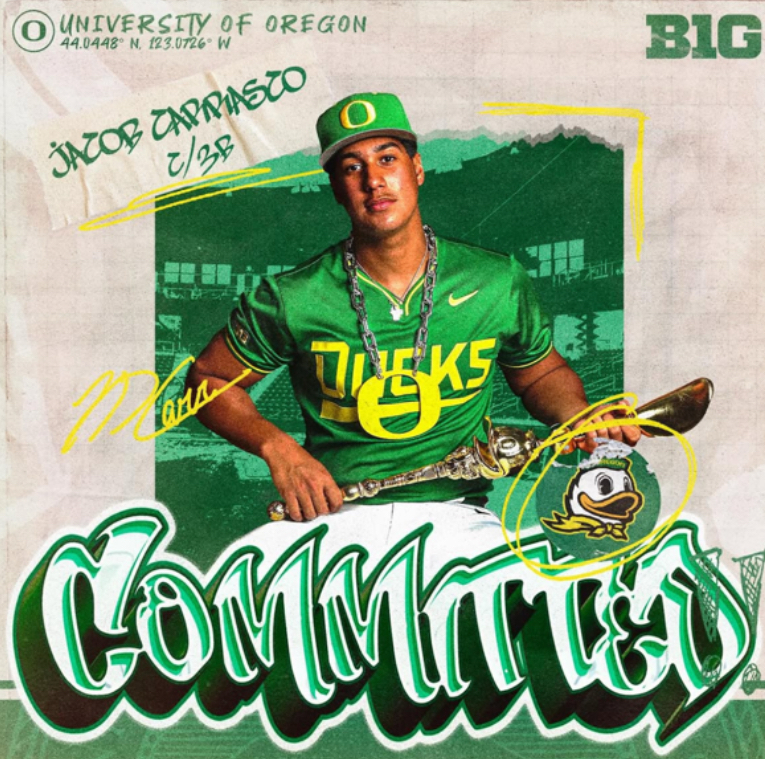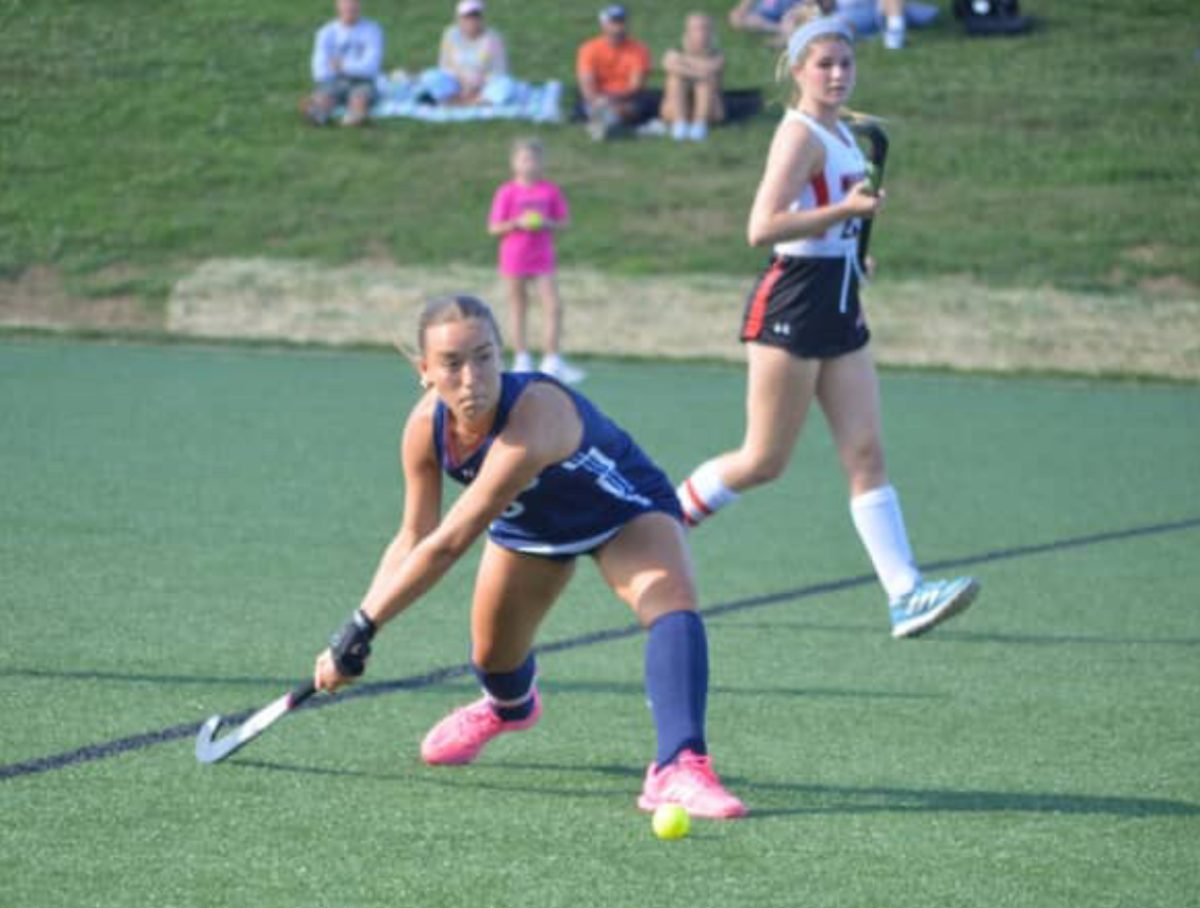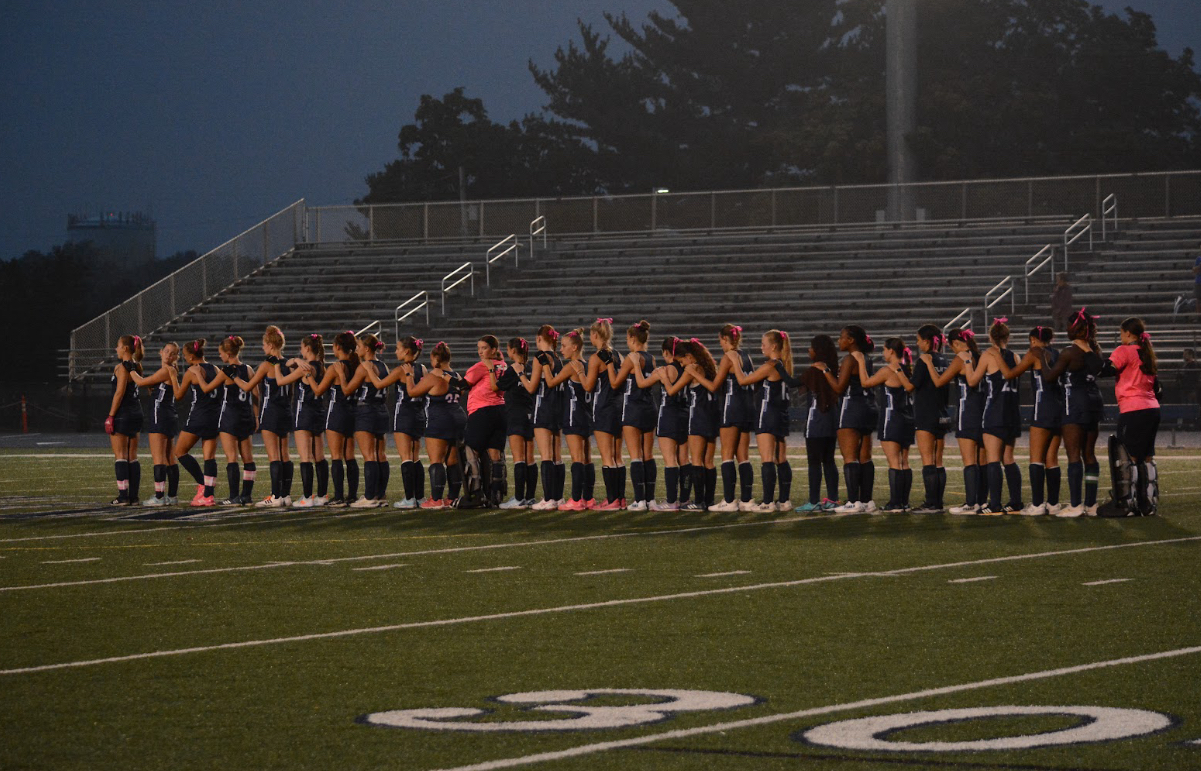The National Collegiate Athletic Association (NCAA) has made several changes to the policies of intercollegiate athletics that will affect the recruiting processes of current junior and senior athletes. Recent alterations in the NCAA rules include the removal of a scholarship cap, which allows every athlete to be eligible to receive a scholarship and gives the college permission to directly compensate its athletes. Additionally, there is more money available for students in the form of partial scholarships. In all Division 1 sports there will be new roster limits, specifically outlined according to each sport, effectively decreasing the number of students able to participate. Each sport is given a certain maximum that the teams may not exceed. Football, for instance, will now be confined to 105 athletes, which is 23 spots lower than the current average. That being said, nearly all of the student athletes on the roster will receive at least a partial scholarship, making D1 schools potentially more affordable for athletes but also more competitive.
While these changes will most directly impact D1 schools, D2 and D3 schools will feel the effects. Since fewer students can be placed on a team, the number of participants in athletic programs at D2 and D3 schools will increase as prospective D1 athletes lose their verbal offers (or existing players lose their roster spot). Many college coaches retracted offers as a result of the limited roster size, severely impacting the college prospects of current juniors and seniors. It is also speculated by NIL Daily, a sports journal, that “walk-on” students, students who are not provided aid from the school and were not recruited by a coach, will no longer be rostered due to coaches now being limited in available spots and having little room for leniency.
This roster cap ultimately impacts students intending to participate in college athletics and makes the recruiting process more competitive. All changes to the NCAA rules and regulations will have an impact on the lives of students playing college sports and students intending to play in the future.
Despite the roster and scholarship changes being the most recent, one of the most impactful changes to the NCAA rule book includes the ability for student athletes to profit off of their name, image and likeness (NIL). Student athletes are now able to monetize their brand and profit off of their name and image while still participating in a college sport. The most common ways students have begun to benefit from this change include the signing of sponsorship agreements, monetizing their social media accounts, as well as participating in commercial opportunities.
The NIL addition to NCAA rules were introduced to college sports in August of 2021. Hundreds of athletes have already taken advantage of the abilities it granted, the most notable being Caitlyn Clark, who recently graduated from the University of Iowa. She had at least 11 known NIL deals, currently estimated to be worth over $3 million. Clark is an example of the benefits of the NIL policy as well as the potential for future student athletes to profit off a sport.
NCAA changes impact everyone intending to participate in college athletics, and will continue to do so when the new rules are enacted during the 2025-26 academic year.


